Multilevel Groundwater Monitoring System
- Solinst - Waterloo 401
Waterloo Multilevel Groundwater Monitoring System
The Waterloo System is used to obtain groundwater samples, hydraulic head measurements and permeability measurements from many discretely isolated zones in a single borehole. The Waterloo System originated with Dr. John Cherry at the Groundwater Institute of the University of Waterloo in 1984. Ongoing development and refinement of the System by Solinst has taken place on a continuous basis since then.
Advantages of the Waterloo System
- Detailed depth of flow and concentrations
- Reduced project costs
- Purging and sampling times reduced
- Fewer drilled holes
- Reduced site disturbance
- Variety of monitoring options
- Isolate sampling at discrete contaminant zones
- High-resolution site characterization
Detailed 3-D Data
When a number of Waterloo Systems are used at a site, they allow detailed three-dimensional groundwater information to be obtained at a reasonable cost. Fewer drilled holes are an advantage and monitoring times are reduced. The modular system can be customized for unique project requirements. This allows monitoring zones to be placed at desired depths using options suitable for either bedrock, overburden or combination applications. Discrete zone monitoring is the only means of obtaining accurate data for site interpretation and assessments. Transects of Multilevels provide the detailed data necessary to calculate mass flux and conservatively assess risk to receptors.
Multi-Port Installations
- Overburden or Bedrock Installations
Allow monitoring of multiple zones in any geologic setting - Groundwater or vadose zone installations
- Permanent Waterloo Packers
- Designed for bedrock or cased holes
- Engineered for permanent seals
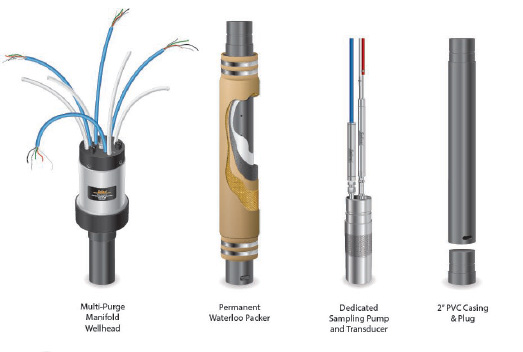
Why Multilevels: Provide a Clearer Understanding of Subsurface Conditions
Superior quality of data is captured when monitoring a series of discrete isolated intervals at various depths in a single borehole. The detailed information provided by Multilevels in the form of horizontal and vertical flow, in conjunction with discrete zone sampling for contaminants, is necessary for accurate site assessments.
- Improve Site Assessments and Risk Management
- Multilevels provide high resolution data for input into more representative conceptual site models.
- Transects of Multilevels across a groundwater flow path provide the best data to use for Mass Flux calculations. This has proven to be an important tool for site assessments that require realistic estimates of maximum contaminant concentration/risk to receptors.
- Optimize performance of in-situ remediation by using detailed 3-D data from a series of Multilevels. Subsequently, transects can be used to evaluate the success of the chosen remediation option and any improvements.
- The Economics Make Sense
- Proven cost reductions for drilling and sediment disposal.
- Field personnel time and disposal costs are low, when purge volumes are reduced. The discrete interval that a Multilevel port encompasses allows for smaller purge volumes, rapid responses to level changes and is ideal for low flow sampling techniques.
- Overcome Biases with Long Screened Wells
- Contaminant mixing over long screens masks vertical variations resulting in underestimating the aerial extent of plumes and diluting the true concentration of contaminants.
- Ambient vertical flow within the well has potential to transmit contaminants to non-contaminated zones.
The Waterloo System Design Explained
The Waterloo System uses modular components which form a sealed casing string of various casing lengths, packers, ports, a base plug and a surface manifold. This allows accurate placement of ports at precise monitoring zones. Monitoring tubes attached to the stem of each port individually connect that monitoring zone to the surface. The standard system is built on 2" (50 mm) Sch. 80 PVC to fit 3"- 4" (75 - 100 mm) boreholes and uses 3 ft. (915 mm) long packers. Stainless steel components and PTFE tubing are available.
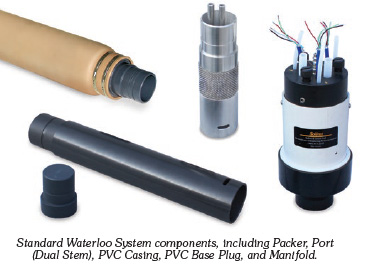
Modular Sealing Joints
The slip-on joint design of the Waterloo System uses a nylon shear wire and an o-ring. This gives reliable, leakproof joints so that the core of the Waterloo casing string is isolated from external formation waters. Groundwater is only accessible via the port stems and attached monitoring equipment. This water-tight seal also prevents contact between packer inflation water inside the casing and the formation water outside the casing.
Customized Wellhead Manifolds
The manifold completes the system at surface. It organizes, identifies, and coordinates the tubes and/or cables from each monitoring zone. The manifold allows connection to each dedicated transducer in turn, and a simple, one-step connection for operation of pumps. When dedicated pumps are selected, a unique wellhead allows individual zones to be purged separately, or purging of many zones simultaneously to reduce field times.
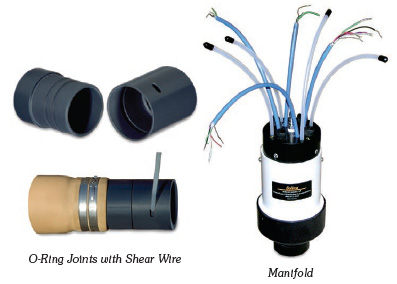
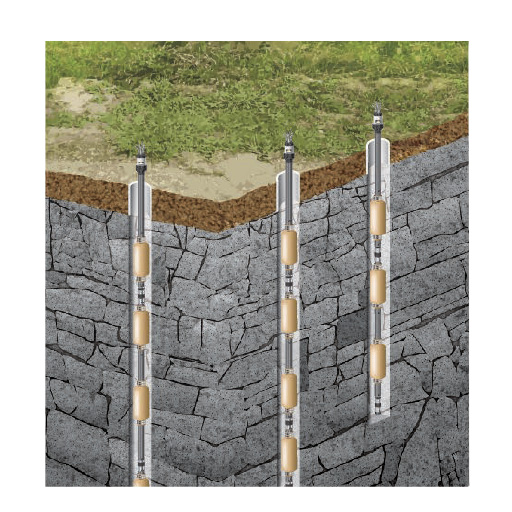



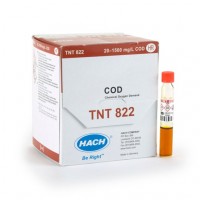
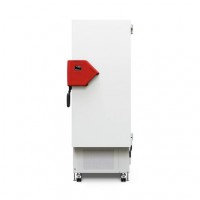

Do you have a question?
min 10 ch